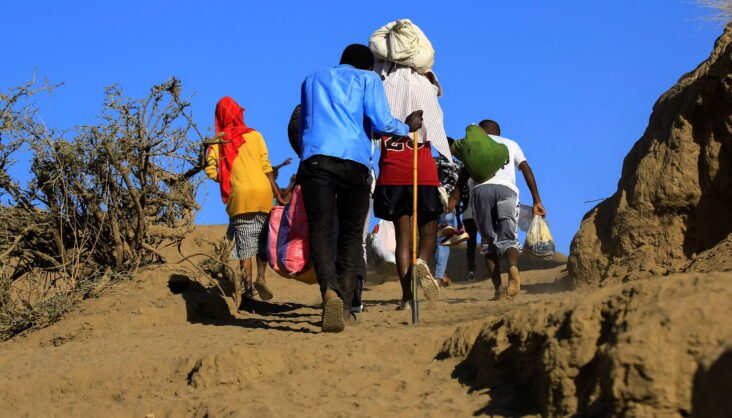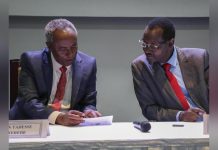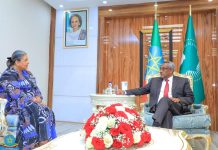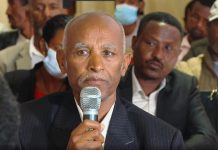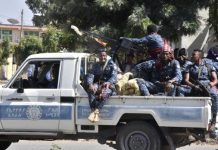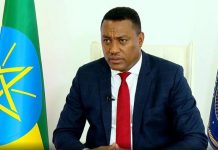Africa-Press-Ethiopia
Undisputed evidence of Eritrean military involvement in the conflict in Tigray region of Ethiopia between the federal government and the Tigray People’s Liberation Front (TPLF) is hard to come by, but some claim there is evidence showing the involvement of Eritrea in the war.
While the governments of both Ethiopia and Eritrea have denied such claims, and the UN Secretary General has echoed that view, the US State Department regards the claims as credible.
The idea of Eritrean troops waging war in Tigray is condemned as reckless endangerment of civilian lives by Western diplomats, and as a travesty of Ethiopian sovereignty by Prime Minister Abiy Ahmed’s domestic detractors. But from the point of view of Ethiopia, Eritrea’s involvement could be best understood as a tragic but explainable option given the grave alternatives.
Appreciating the stakes at the start of the conflict in early November is crucial. Following a swift and coordinated attack against federal army positions in Tigray region on November 3, the TPLF instantly became a formidable military force taking possession of more than half of the country’s military equipment.
Additionally, the attack effectively incapacitated the northern command of the national army based in Tigray. With most of the national arsenal out of the federal government’s hands, and the national army’s best force incapacitated, TPLF’s forces next step seemed to be a march south on Addis Ababa.
The scenario of a heavily-armed 250,000-strong regional rebel army marching towards the capital presented the Federal government a stark choice between capitulating, launching a prolonged pushback, or, in the best case, negotiating a settlement in which the TPLF would have a position of military and territorial advantage. All three scenarios would lead to nationwide security and political crisis, with potential for collapse of the central government.
Also receive offers from The Africa Report
Also receive offers from The Africa Report’s partners
In the first case, the return of the TPLF to national power, whether by fait accompli as the federal forces capitulate or by agreed compromise, would not be accepted by other regional states, most notably the Amhara, Oromia, and Somali regions. Leaderships there have been outspoken in their opposition to the TPLF.
In the second scenario, prolonged fighting carried on between the central government and Tigray forces, likely expanding into the centre of the country and involving several regional and paramilitary forces. This was the most catastrophic scenario, particularly because most regions have built up massive special armed forces.

